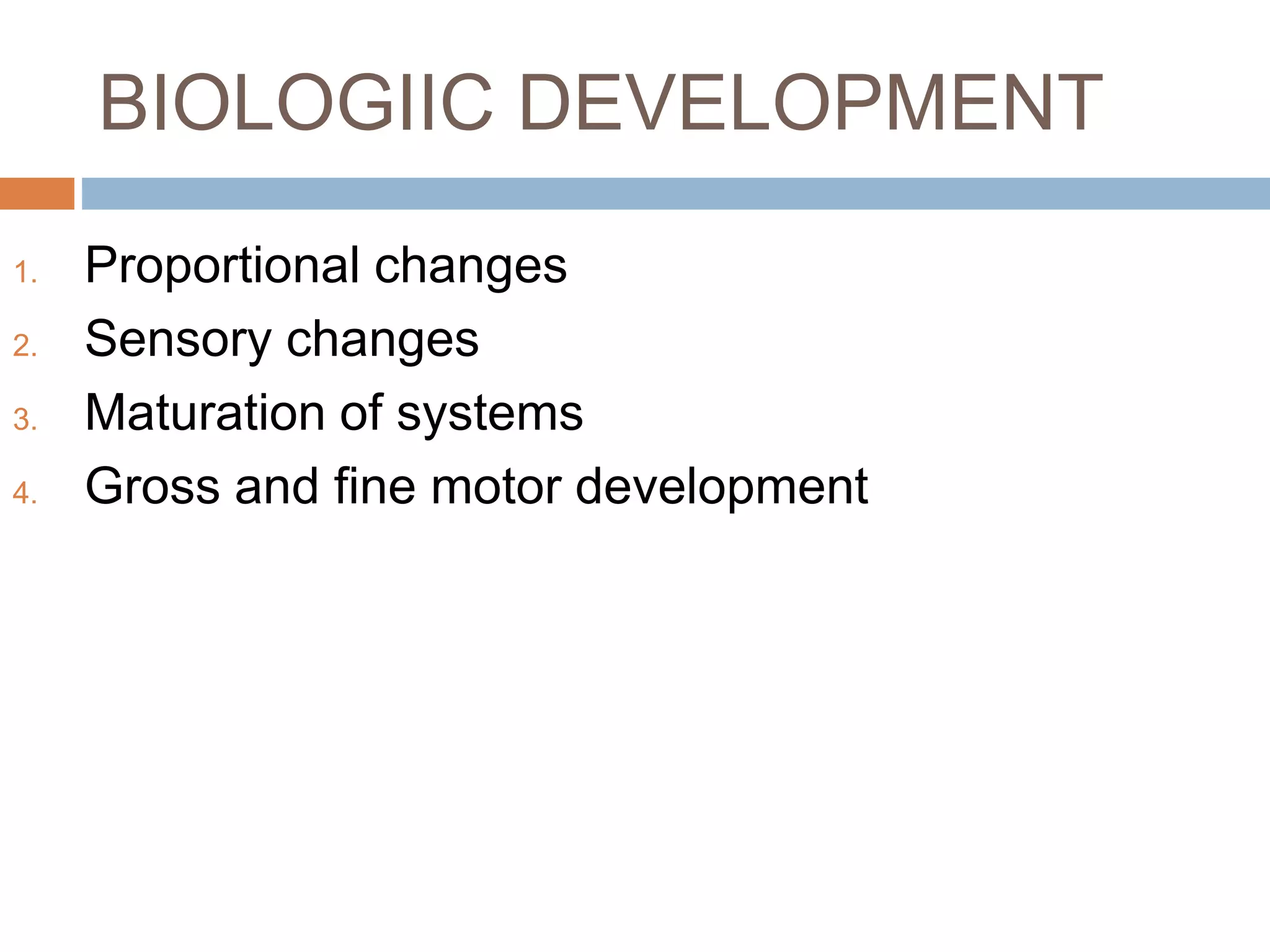This document discusses health promotion for toddlers and families. It covers topics like optimal growth and development, including biological, psychosocial, cognitive, and social domains. Specifically, it discusses motor development, language development, separation anxiety, toilet training, and play. The cognitive stages of sensorimotor and preoperational development are also outlined. The document provides information to help nurses guide families during the toddler years.






























